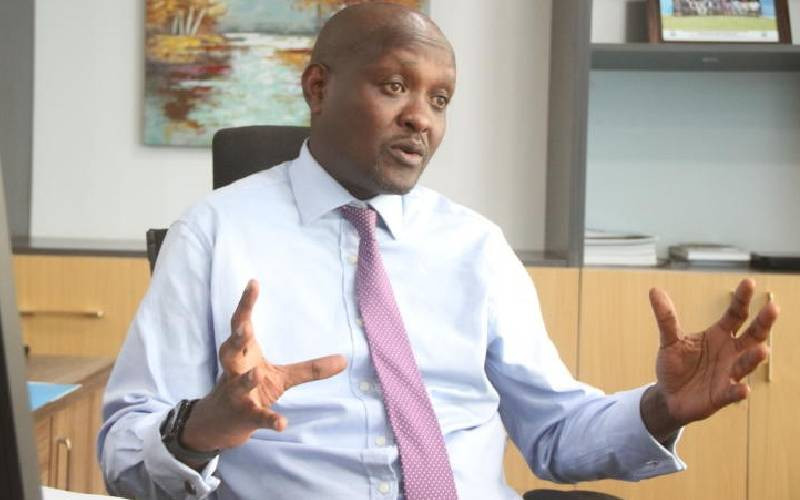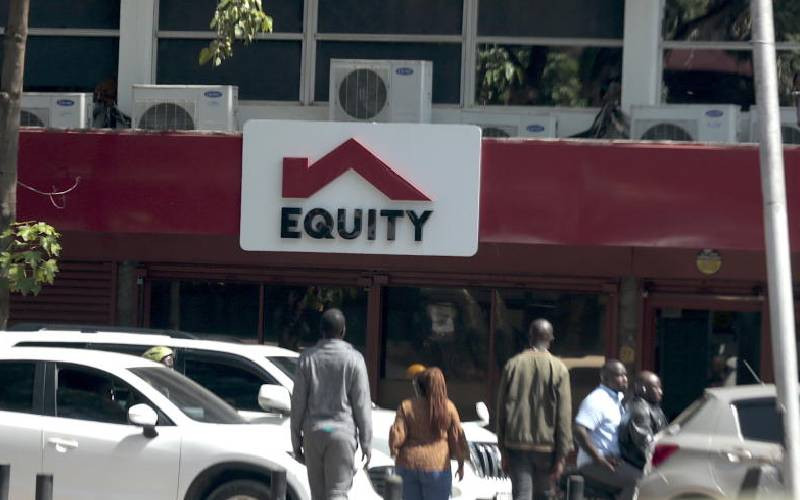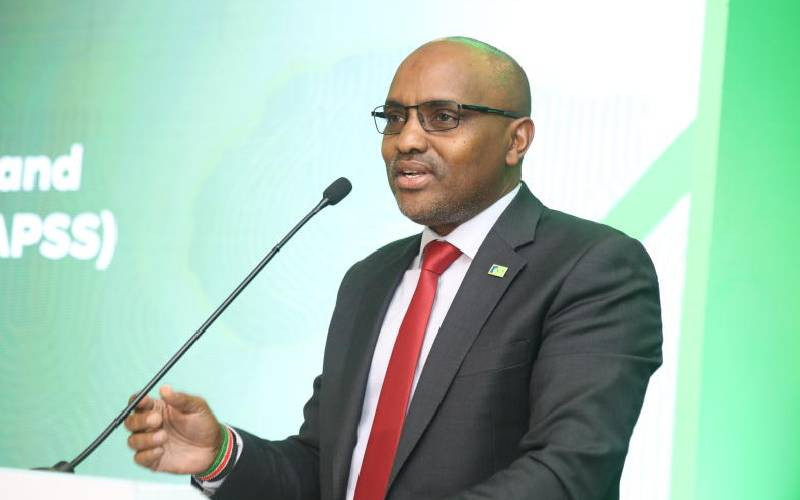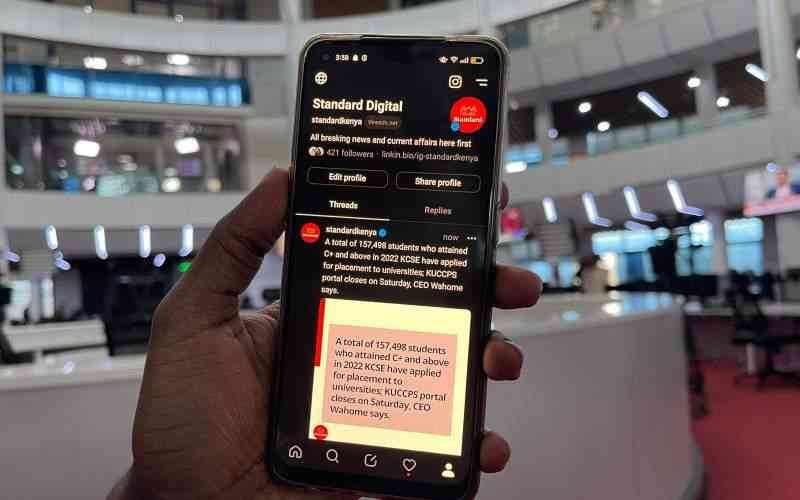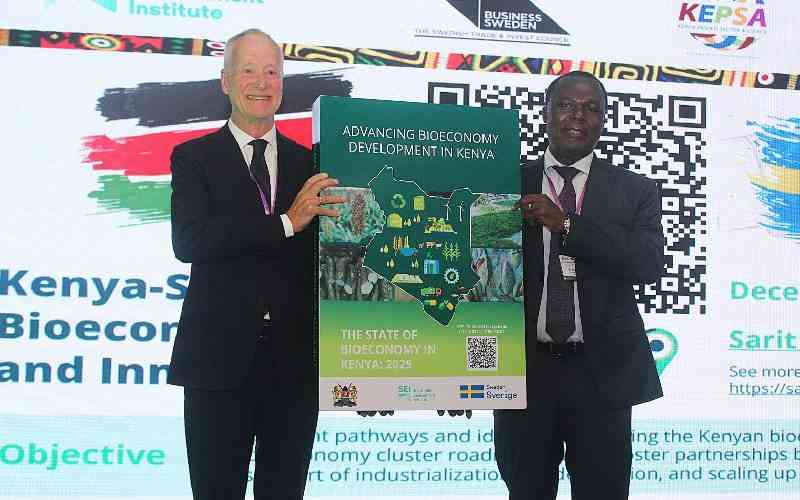×
The Standard e-Paper
Join Thousands of Readers
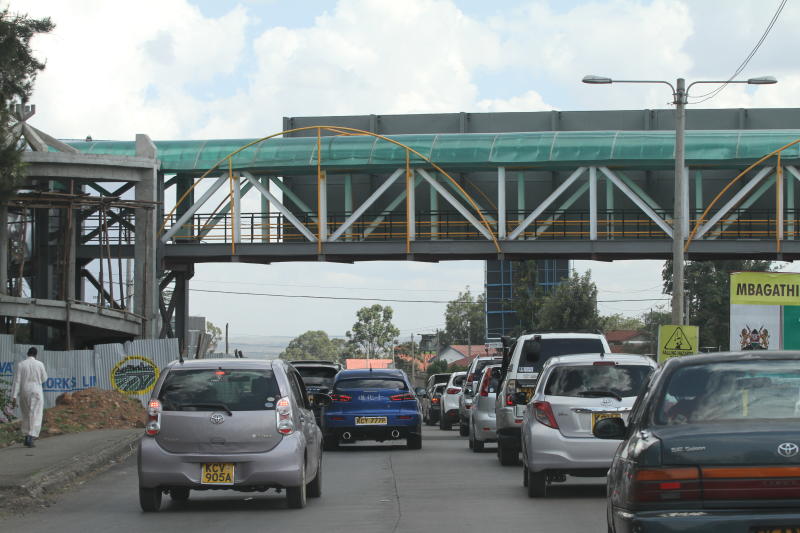
If Nairobi’s public transport system was organised and predictable, maybe Jacob Ngammau would board.
Instead, he prefers driving from his home along Thika Road to work along Mombasa Road. It may not be cheaper compared to using matatus, but he insists it is predictable.

